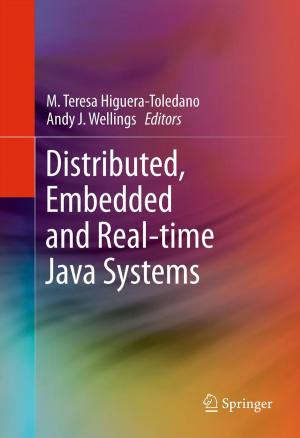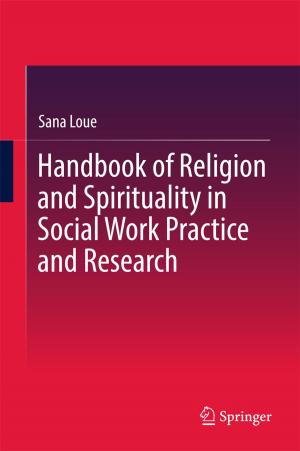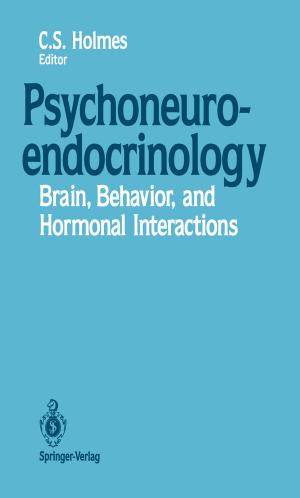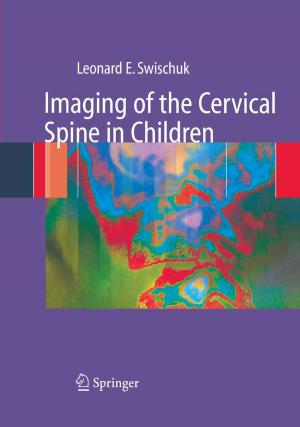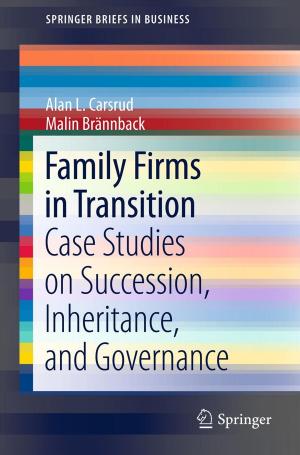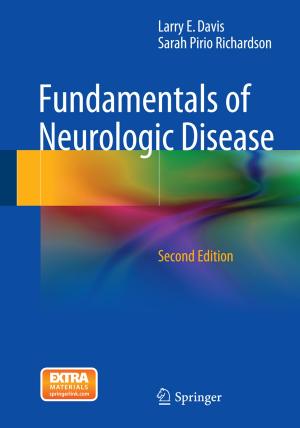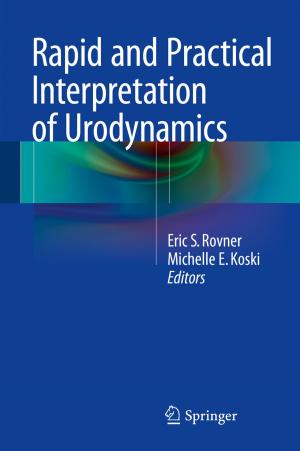An Anthropology of Absence
Materializations of Transcendence and Loss
Nonfiction, Social & Cultural Studies, Social Science, Anthropology| Author: | ISBN: | 9781441955296 | |
| Publisher: | Springer New York | Publication: | March 24, 2010 |
| Imprint: | Springer | Language: | English |
| Author: | |
| ISBN: | 9781441955296 |
| Publisher: | Springer New York |
| Publication: | March 24, 2010 |
| Imprint: | Springer |
| Language: | English |
In studying material culture, anthropologists and archaeologists use meaningful physical objects from a culture to help understand the less tangible aspects of that culture, such as societal structure, rituals, and values. What happens when these objects are destroyed, by war, natural disaster, or other historical events? Through detailed explanations of eleven international case studies, the contributions reveal that the absence of objects can be just as telling as their presence, while the objects created to memorialize a loss also have important cultural implications.
Covering everything from organ donation, to funerary rituals, to prisoners of war, The Archaeology of Absence is written at an important intersection of archaeological and anthropological study. Divided into three sections, this volume uses the "presence" of absence to compare cultural perceptions of: material qualities and created memory, the mind/body connection, temporality, and death.
This rich text provides a strong theoretical framework for anthropologists and archaeologists studying material culture.
In studying material culture, anthropologists and archaeologists use meaningful physical objects from a culture to help understand the less tangible aspects of that culture, such as societal structure, rituals, and values. What happens when these objects are destroyed, by war, natural disaster, or other historical events? Through detailed explanations of eleven international case studies, the contributions reveal that the absence of objects can be just as telling as their presence, while the objects created to memorialize a loss also have important cultural implications.
Covering everything from organ donation, to funerary rituals, to prisoners of war, The Archaeology of Absence is written at an important intersection of archaeological and anthropological study. Divided into three sections, this volume uses the "presence" of absence to compare cultural perceptions of: material qualities and created memory, the mind/body connection, temporality, and death.
This rich text provides a strong theoretical framework for anthropologists and archaeologists studying material culture.

